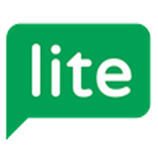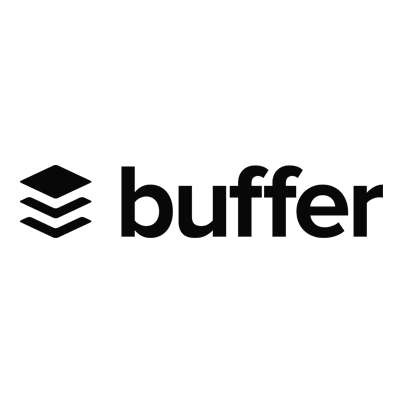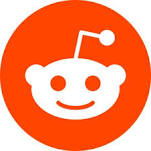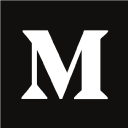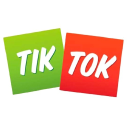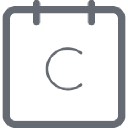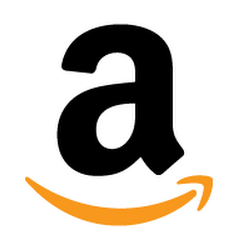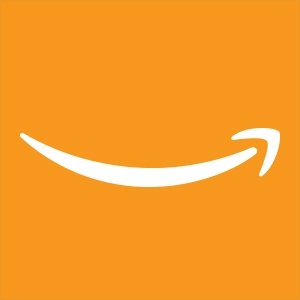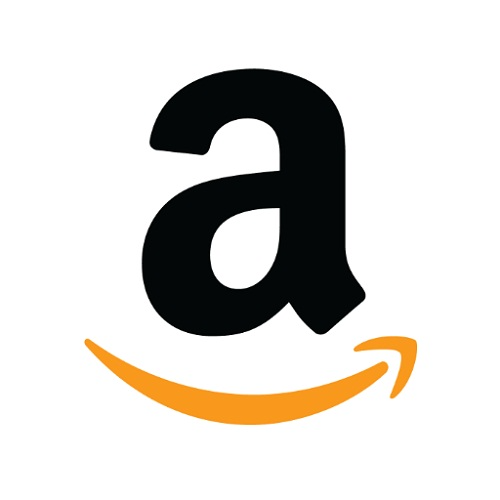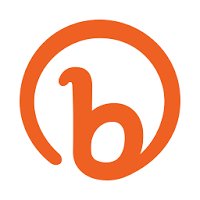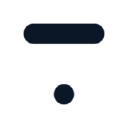This Couple Left Their Careers To Start A Podcast About Dinosaurs [2M Downloads]
Hello! We are Sabrina and Garret, a husband and wife team who produce the popular weekly dinosaur podcast I Know Dino. We started podcasting almost eight years ago because we wanted to stay up to date on all the latest dinosaur discoveries (there’s one every week)!

We started with a website, then a podcast, and now it’s grown to include merch, books, videos, speaking opportunities, and best of all, an engaged community of awesome people who love dinosaurs as much as us.
Our listeners are mainly adults like us who are curious and passionate. We all enjoy learning about and talking about dinosaurs, and science in general. Dinosaurs are a gateway to science, after all.
Our podcast has nearly 3 million downloads and we have listeners in almost every country.
Through I Know Dino, we’ve also gotten some incredible travel opportunities (we spent our 5th wedding anniversary in a remote dinosaur town in...

Download the report and join our email newsletter packed with business ideas and money-making opportunities, backed by real-life case studies.

Download the report and join our email newsletter packed with business ideas and money-making opportunities, backed by real-life case studies.

Download the report and join our email newsletter packed with business ideas and money-making opportunities, backed by real-life case studies.

Download the report and join our email newsletter packed with business ideas and money-making opportunities, backed by real-life case studies.

Download the report and join our email newsletter packed with business ideas and money-making opportunities, backed by real-life case studies.

Download the report and join our email newsletter packed with business ideas and money-making opportunities, backed by real-life case studies.

Download the report and join our email newsletter packed with business ideas and money-making opportunities, backed by real-life case studies.

Download the report and join our email newsletter packed with business ideas and money-making opportunities, backed by real-life case studies.

